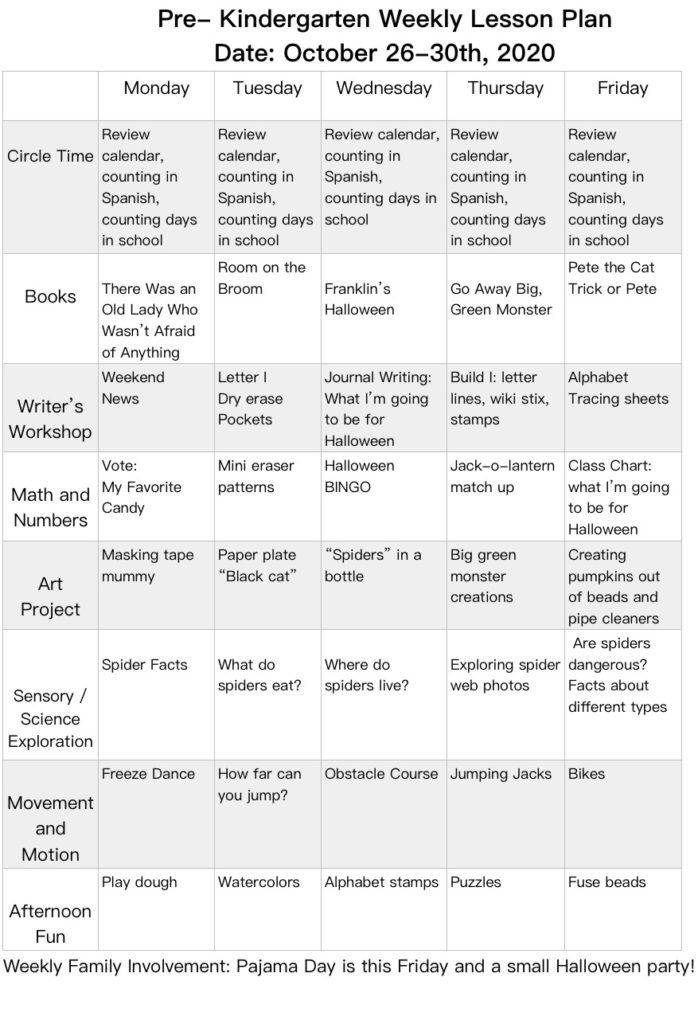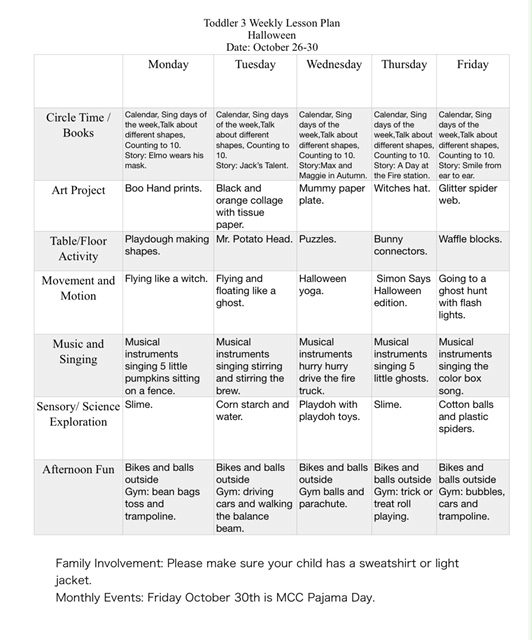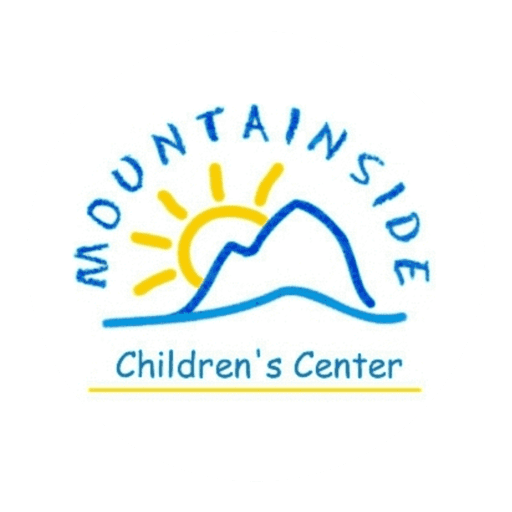Our Curriculum

“The most important goal of an early childhood curriculum is to help children become enthusiastic learners. This means encouraging children to be active and creative explorers who are not afraid to try out their ideas and to think their own thoughts.”
Curriculum Creative
A creative curriculum is one that incorporates big ideas, varied and engaging activities, and a sense of continuity as a way to stimulate students, teachers, and even families. This lesson will teach you what a creative curriculum is and how to get creative with your own curriculum!
The curriculum should help children become independent, self-confident, inquisitive learners. The curriculum teaches them how to learn in preschool and throughout their lives. Children will learn at their own pace and in the ways that are best for them. In doing so they develop good habits and attitudes, particularly a positive sense of themselves, which will make a difference throughout their lives.
Creative Curriculum identifies goals in all areas of development:
- Social: To help children feel comfortable in school, trust their environment, make friends, and feel they are a part of the group.
- Emotional: To help children experience pride and self- confidence, develop independence and self-control, and have a positive attitude toward life.
- Cognitive: Assists children to become confident learners by letting them try out their own ideas and experience success, and by helping them acquire learning skills such as the ability to solve problems, ask questions, and use words to describe their ideas, observations, and feelings.
- Physical: Helps children increase their large and small muscle skills and feel confident about what their bodies can do.
The philosophy behind Creative Curriculum is that young children learn best by doing. Learning isn’t just repeating what someone else says; it requires active thinking and experimenting to find out how things work and to learn firsthand about the world we live in. In their early years, children explore the world around them by using all their senses (touching, tasting, listening, smelling, and looking). In using real materials such as blocks and trying out their ideas, children learn about sizes, shapes, and colors, and they notice relationships between things. In time, they learn to use one object to stand for another. This is the beginning of symbolic thinking. Gradually children become more and more able to use abstract symbols like words to describe their thoughts and feelings. They learn to “read” pictures which are symbols of real people, places and things. This exciting development in symbolic thinking takes place during the pre-school years as children play. The activities planned for children, the way the environment is organized, the selection of toys and materials, the daily schedule, and how we talk with children, are all designed to accomplish the goals of the curriculum and give your child a successful start in school.
Making a Curriculum Creative
Curriculum is the knowledge, skill, and concepts that children learn, implicitly as well as explicitly, as a result of direct instruction. Creativity is the use of innovation, enthusiasm, and individuality. So, what do creativity and curriculum have to do with one another? Simply put, a creative curriculum is one in which students learn through creative and active teaching strategies. Creative curriculum gets beyond rote learning and focuses on big ideas, interesting projects, and individual students’ passions and needs. Often when we think of creativity, we think about tangible art, such as literature and music. These things can be an important part of a creative curriculum, but just about every element of a curriculum can be approached creatively, from science to math to history.
Engaging Activities
A creative curriculum should include engaging activities that captivate students’ attention and work to formulate an understanding of the big ideas. Of course, you could stand up in front of your students and lecture them about the attributes of plants. Or, you could get creative. Take them on a neighborhood walk and ask them to sketch and observe the plants they see. Borrow botanical guides from your school and local library. Build time into your lessons to go online and do virtual learning modules pertaining to plants. In general, the more varied activities you can incorporate into a unit of study, the more creative your curriculum will be. Varied activities will also appeal to and engage different types of learners.
Weekly Lesson Samples:







